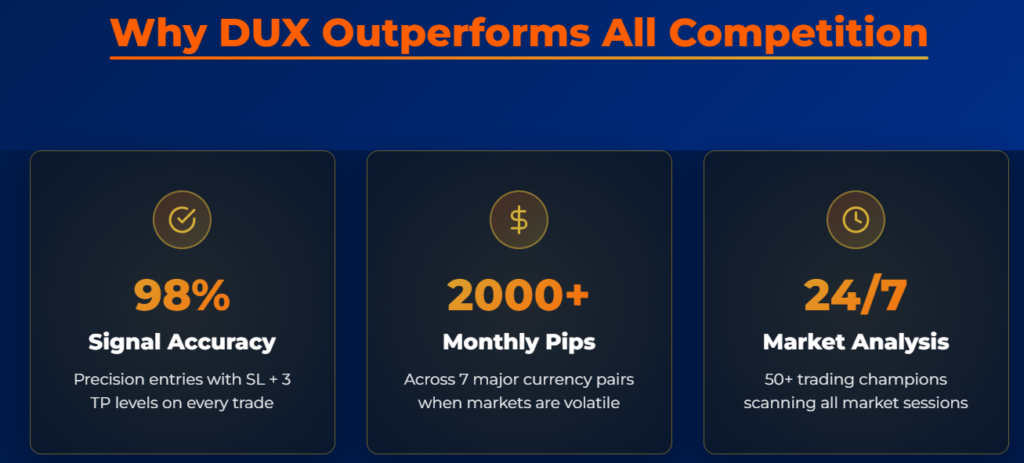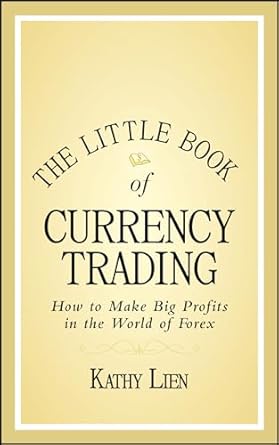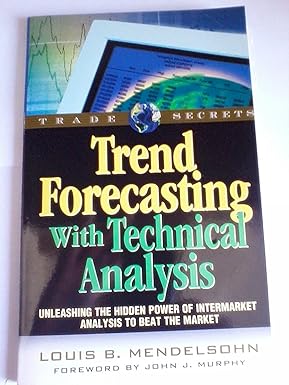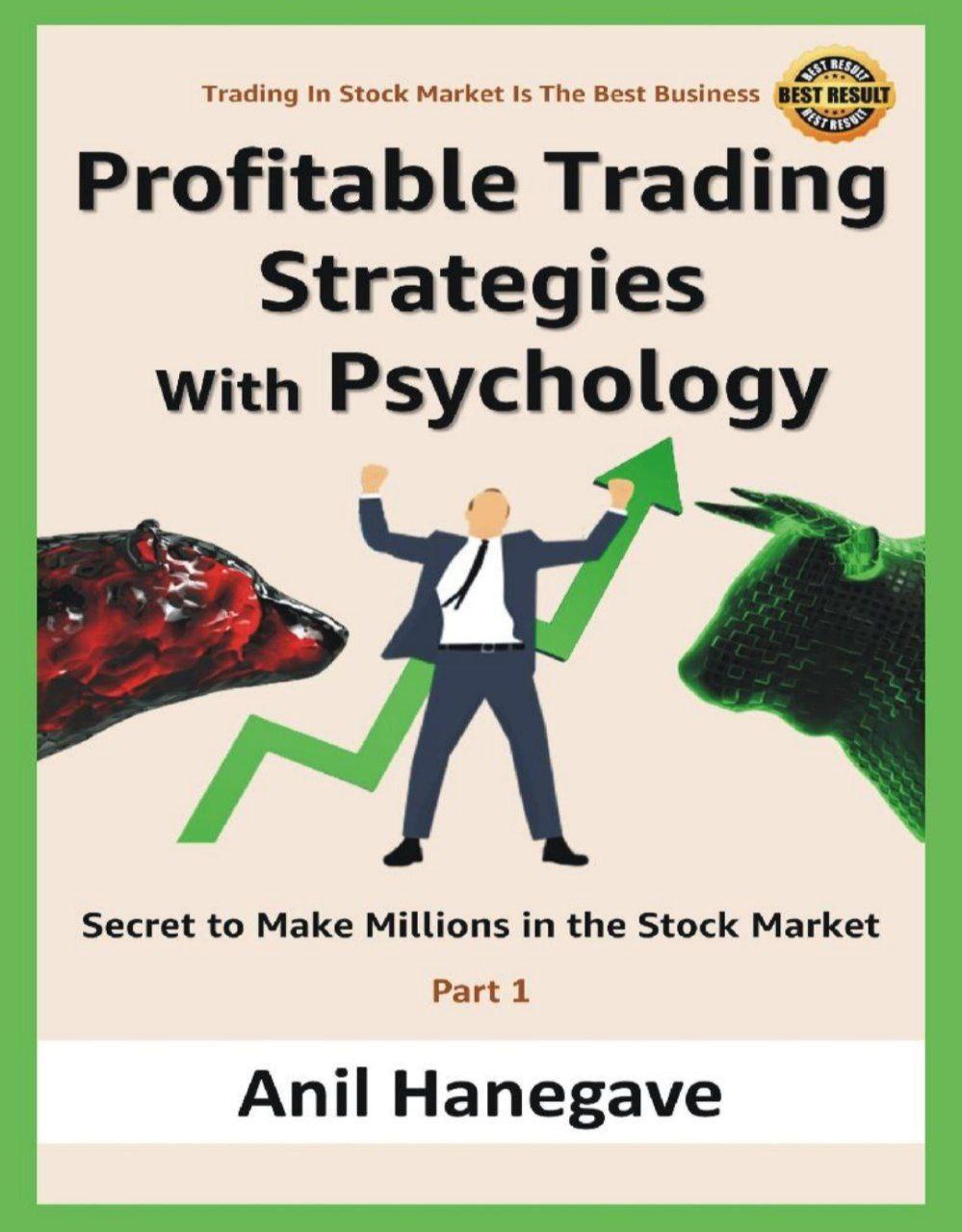Kathy Lien’s The Little Book of Currency Trading: How to Make Big Profits in the World of Forex serves as a comprehensive guide for both novice and seasoned traders aiming to navigate the intricate world of foreign exchange (forex) trading. Drawing from her extensive experience in the financial industry, Lien offers readers a blend of foundational knowledge, strategic insights, and practical advice to effectively engage in the forex market.
Introduction to the Forex Market
The forex market stands as the largest and most liquid financial market globally, with a daily turnover exceeding $4 trillion. Unlike traditional stock markets, forex operates 24 hours a day, five days a week, allowing participants to react to global events in real-time. This continuous operation is facilitated by a decentralized network of banks, financial institutions, corporations, and individual traders.
Lien emphasizes that the forex market is not solely the domain of large financial entities; advancements in technology and the proliferation of online trading platforms have democratized access, enabling individual traders to participate alongside institutional players. This inclusivity presents both opportunities and challenges, necessitating a thorough understanding of market mechanics and dynamics.
Fundamental Concepts and Terminology
At the core of forex trading are currency pairs, which represent the relative value of one currency against another. Major pairs, such as EUR/USD (Euro/US Dollar) and GBP/USD (British Pound/US Dollar), involve the most widely traded currencies and typically exhibit higher liquidity and tighter spreads. Minor pairs and exotic pairs, involving less commonly traded currencies, may present greater volatility and wider spreads.
Understanding the quotation system is crucial. In a currency pair, the first currency is the base currency, and the second is the quote currency. The quoted price indicates how much of the quote currency is needed to purchase one unit of the base currency. For instance, if the EUR/USD pair is quoted at 1.2000, it means 1 Euro equals 1.20 US Dollars.
Market Participants and Their Motivations
The forex market comprises a diverse array of participants, each with distinct motivations:
- Commercial Banks: Facilitate currency transactions for clients and engage in proprietary trading.
- Central Banks: Implement monetary policies and intervene in the market to stabilize or increase the value of their national currency.
- Multinational Corporations: Conduct currency exchanges for international trade and hedge against currency risk.
- Hedge Funds and Investment Managers: Speculate on currency movements to achieve investment gains.
- Retail Traders: Individual investors aiming to profit from currency fluctuations.
Each participant’s actions contribute to the market’s liquidity and volatility, influencing currency prices and trends.
Fundamental Analysis in Forex Trading
Fundamental analysis involves evaluating economic indicators, geopolitical events, and monetary policies to forecast currency movements. Key economic indicators include:
- Gross Domestic Product (GDP): Measures a country’s economic output and growth.
- Inflation Rates: Indicate the rate at which general price levels are rising, affecting purchasing power.
- Employment Data: Reflects labor market health, with metrics like unemployment rates influencing consumer spending.
- Interest Rates: Set by central banks, they directly impact currency value by influencing investment flows.
Lien highlights that traders must stay informed about global news and events, as unforeseen geopolitical developments can lead to significant market volatility.
Technical Analysis and Tools
Technical analysis focuses on interpreting historical price data to identify patterns and predict future movements. Common tools and concepts include:
- Charts: Visual representations of price movements over time, such as line, bar, and candlestick charts.
- Trend Lines: Identify the general direction of the market, whether upward, downward, or sideways.
- Support and Resistance Levels: Price points where the market historically does not fall below (support) or rise above (resistance).
- Indicators: Mathematical calculations based on price and volume, including Moving Averages, Relative Strength Index (RSI), and Moving Average Convergence Divergence (MACD).
Lien advises that while technical analysis provides valuable insights, it should be used in conjunction with fundamental analysis for a comprehensive trading strategy.
Developing a Trading Strategy
A well-defined trading strategy serves as a roadmap for decision-making and helps mitigate emotional biases. Key components include:
- Time Frame Selection: Determining whether to engage in short-term (day trading), medium-term (swing trading), or long-term (position trading) based on personal preferences and market conditions.
- Risk Management: Implementing measures such as setting stop-loss orders, defining position sizes, and adhering to a risk-reward ratio to protect capital.
- Entry and Exit Rules: Establishing specific criteria for entering and exiting trades, guided by technical indicators, fundamental factors, or a combination of both.
- Continuous Evaluation: Regularly reviewing and adjusting the strategy based on performance metrics and evolving market dynamics.
Lien emphasizes the importance of discipline and consistency, cautioning against deviating from the established plan due to emotional reactions or market noise.
Risk Management and Capital Preservation
Effective risk management is paramount to long-term success in forex trading. Strategies include:
- Diversification: Spreading investments across multiple currency pairs to reduce exposure to any single asset.
- Leverage Caution: While leverage can amplify gains, it also magnifies losses. Lien advises using leverage judiciously and being fully aware of its implications.
- Setting Stop-Loss Orders: Predetermined exit points that limit potential losses on a trade.
- Position Sizing


“Start Your Website Journey Today – Exclusive Hostinger Discounts!”






